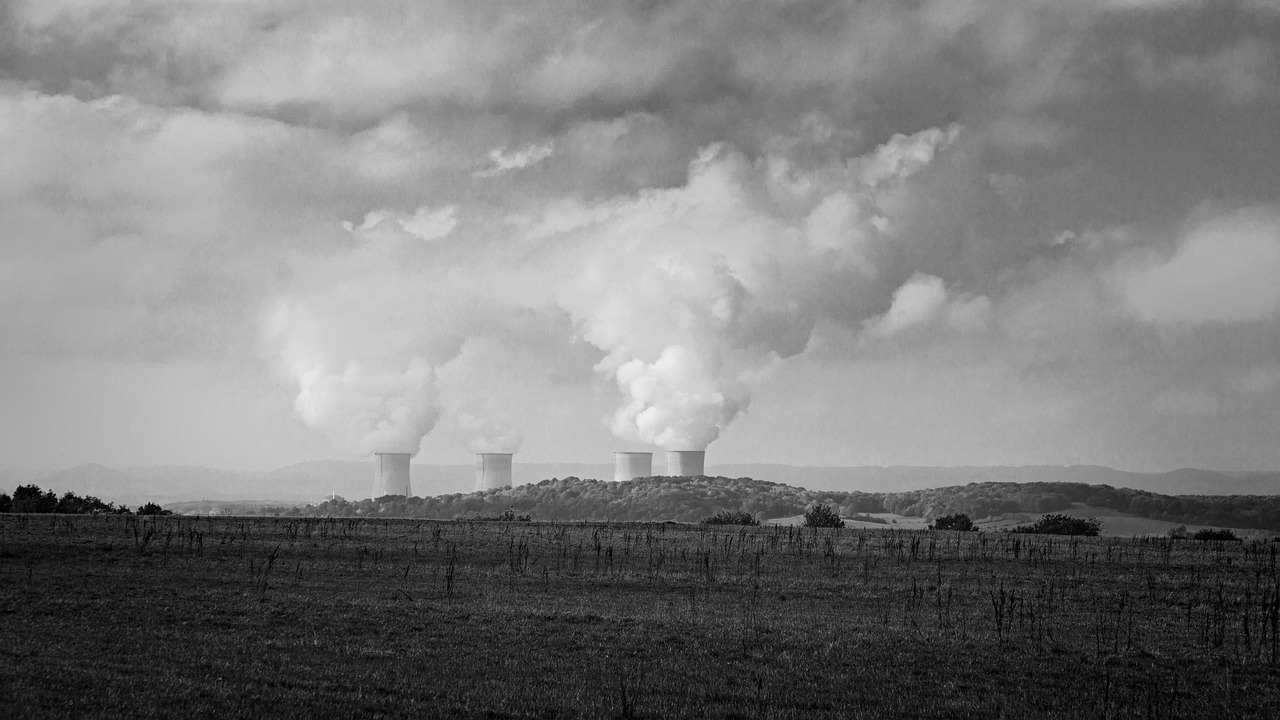A month after Israel’s targeted aerial strikes on Iran’s nuclear infrastructure, international intelligence and satellite imagery now confirm that significant portions of Iran’s enriched uranium stockpiles remain intact, particularly at fortified underground facilities in Isfahan and Fordow.
According to senior Israeli officials cited by international media, while the precision air campaign successfully disabled surface-level centrifuges, reactors, and auxiliary power systems, the core uranium reserves—especially those enriched up to 60% purity—were not fully destroyed. These reserves were stored in hardened bunkers hundreds of meters underground, shielded by concrete, rock, and steel reinforcements specifically designed to withstand airstrikes.
This revelation has triggered renewed global concern about Iran’s ability to rapidly restore nuclear enrichment. Despite the physical damage inflicted on infrastructure, Iran still possesses the technical knowledge, centrifuge components, and raw materials required to resume its nuclear program within weeks if it chooses to do so.
Experts at the Institute for Science and International Security (ISIS) estimate that if Iran reinitiates full-scale enrichment, it could reach weapon-grade uranium purity (90%) in as little as 30–45 days, especially given the existing material stockpile.
Israel’s intelligence community, while confident in its first-strike success, has now elevated its readiness level and warned of further action should Iran make visible moves toward nuclear breakout. Defense Minister Yoav Gallant stated,
“We disrupted Iran’s momentum, but the threat hasn’t been neutralized. If necessary, we are prepared for follow-up strikes—decisive and immediate.”
Meanwhile, the International Atomic Energy Agency (IAEA) has confirmed the temporary withdrawal of its inspectors from Iran, citing safety risks in the post-strike environment. This leaves the global community with limited visibility into Iran’s ongoing activities, prompting fears of clandestine enrichment or stockpile expansion.
In Tehran, officials remain defiant. Iranian Atomic Energy chief Mohammad Eslami asserted that the stockpiles are secure and that “no foreign power can dictate Iran’s sovereign scientific advancement.” He also hinted that Iran may respond by further reducing cooperation with the IAEA unless sanctions are lifted and Western “aggressions” cease.
The geopolitical ripple effects are intensifying. The United States, France, and Germany have called for urgent UN Security Council briefings, while regional players like Saudi Arabia and the UAE have raised concerns over a new nuclear arms race in the Middle East.
Markets have taken note. Gold surged by 2.3%, oil prices climbed above $90 per barrel, and defense stocks in Europe and Israel saw moderate gains amid the increased threat perception.
With diplomacy on pause and underground uranium stockpiles untouched, the world stands at a delicate tipping point—between restraint and retaliation, between deterrence and disaster.

